In the fascinating world of reptile breeding, few pursuits captivate enthusiasts quite like the science and art of snake morphs. These genetic variations create snakes with stunning colors and patterns that would rarely, if ever, appear in wild populations. What began as a niche hobby has evolved into a sophisticated intersection of genetics, artistry, and commerce that drives breeders to spend decades selectively pairing snakes in search of the next breakthrough morph. The obsession with creating increasingly exotic and beautiful snake varieties has transformed reptile keeping from a simple hobby into a complex pursuit where science meets aesthetic appreciation. For many breeders, the challenge of understanding, manipulating, and expressing hidden genetic traits becomes a lifelong passion that combines the thrill of discovery with the satisfaction of creating something truly unique.
The Origins of Snake Morph Breeding
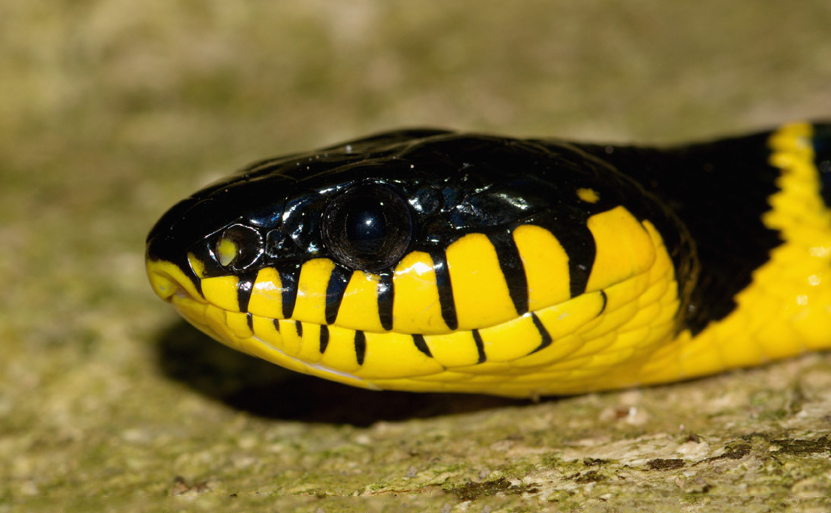
The modern obsession with snake morphs can be traced back to the late 1980s and early 1990s when the first major genetic mutations in ball pythons and corn snakes began to be isolated and bred deliberately. The discovery of the albino ball python by Bob Clark and the subsequent breeding of these snakes revealed that recessive genetic traits could be manipulated through selective breeding to create predictable outcomes. These early successes sparked immediate interest among reptile enthusiasts who recognized both the scientific significance and the commercial potential of these genetic anomalies. As more wild-caught specimens with unusual appearances were discovered and incorporated into breeding programs, the foundation was laid for what would become a complex system of genetic understanding specific to snake breeding. The pioneers of morph breeding often worked through trial and error, documenting their results meticulously and gradually building the knowledge base that today’s breeders rely upon.
Understanding the Genetics Behind Morphs

At its core, snake morph breeding revolves around the manipulation of genetic expressions that control color, pattern, and sometimes structural characteristics of snakes. These genetic variations fall into several categories, including dominant, co-dominant, recessive, and polygenic traits, each following different inheritance patterns that breeders must understand to achieve desired results. Dominant genes show their effects when just one copy is present, while recessive genes require two copies (one from each parent) to visibly express in the offspring. Co-dominant genes create a visible effect with one copy but produce a different, often more dramatic appearance when two copies are present. The complexity multiplies when multiple genes interact, creating what breeders call “combo morphs” that may display characteristics impossible to achieve through single-gene breeding. This genetic puzzle-solving aspect becomes particularly addictive for breeders who enjoy the intellectual challenge of predicting outcomes and planning breeding projects that might take years to come to fruition.
The Artistic Appeal of Creating New Morphs
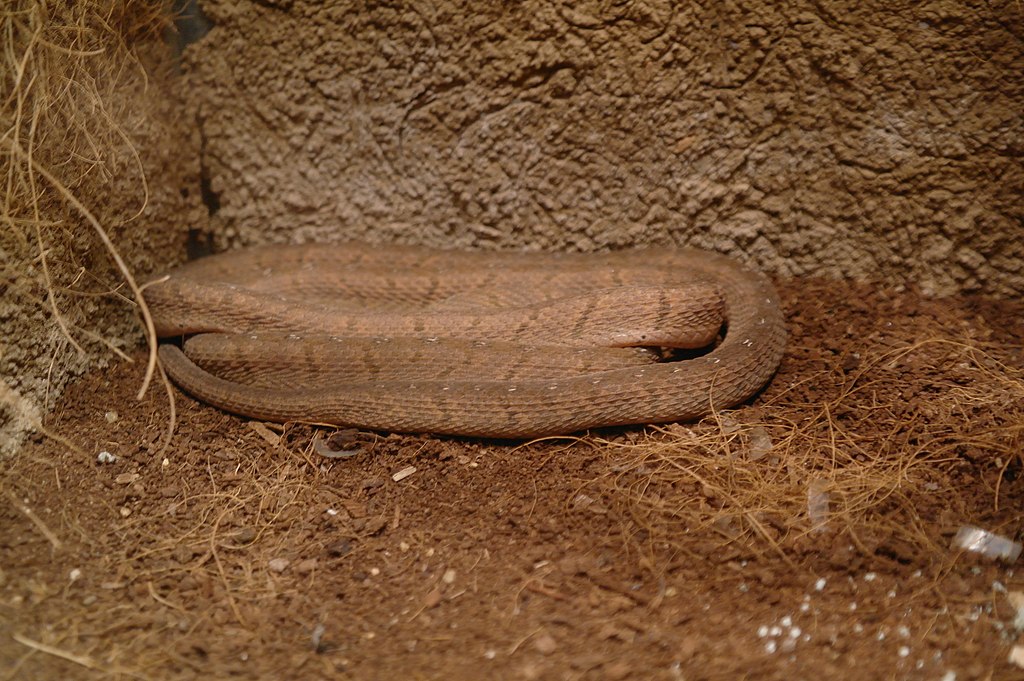
Many successful snake breeders describe themselves as artists using genetics as their medium, with each new morph representing a creative expression unlike any other. The visual impact of a striking new color combination or pattern can elicit the same emotional response as fine art, with some morphs displaying colors and patterns so vivid and complex they seem impossible in nature. Breeders often speak of having a “vision” for a project, imagining what combinations of existing traits might produce and working methodically toward that goal through multiple generations of selective breeding. This artistic element explains why breeders can become emotionally attached to their projects, sometimes investing a decade or more into bringing a particular vision to life. The gratification that comes from finally producing a snake that matches or exceeds the breeder’s mental image creates a powerful reward mechanism that reinforces the obsessive nature of the pursuit. For many, the photographs of their most successful breeding projects become a portfolio showcasing their unique contribution to the world of reptile genetics.
The Thrill of Discovery and Innovation
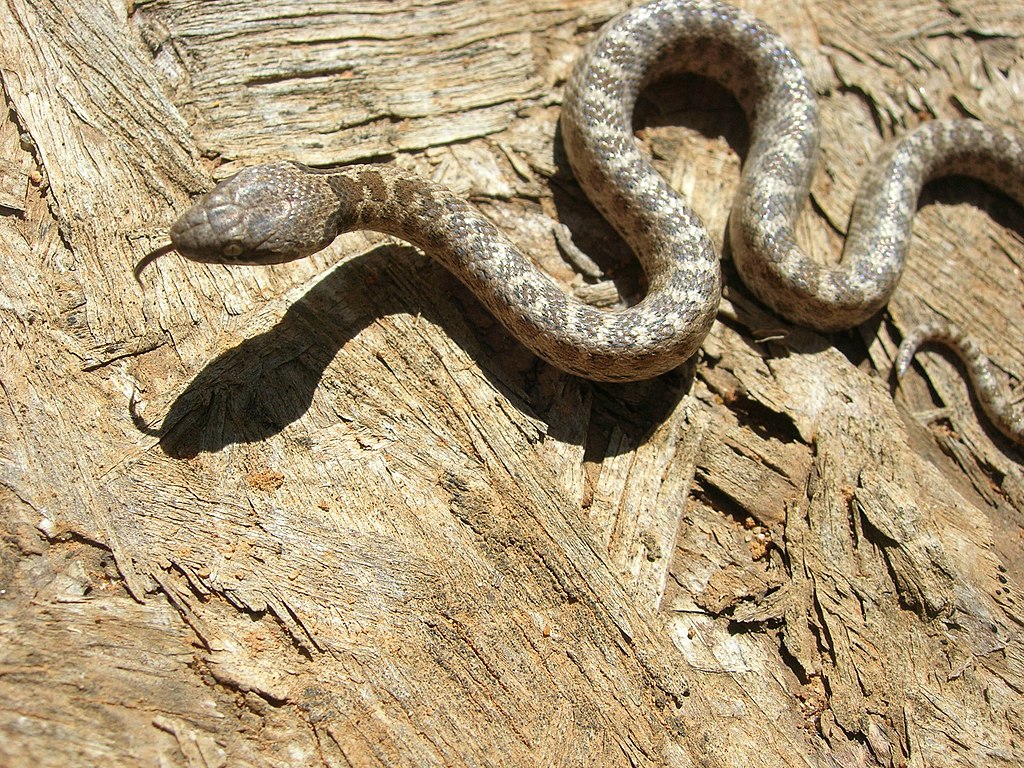
The possibility of discovering something entirely new drives many breeders to continue their genetic experiments year after year. Unlike most hobbies where all possibilities have been thoroughly explored, snake breeding continues to yield surprising results as new genetic combinations reveal previously unknown interactions. The breeder who first produces a novel morph enjoys not only the satisfaction of discovery but also the privilege of naming their creation, leaving a lasting mark on the hobby. These moments of discovery—when an egg hatches revealing colors or patterns never before seen—provide an adrenaline rush that many breeders describe as addictive. The unpredictability adds excitement to the breeding process, as even experienced breeders can be surprised when recessive genes carried invisibly for generations suddenly express in offspring. This element of surprise and discovery keeps the hobby fresh and exciting even for veterans who have been breeding for decades, as there remain countless genetic combinations that have yet to be explored.
The Economics of Rare Morphs

The financial aspect of morph breeding cannot be overlooked as a significant driver of the obsession many breeders develop. Breakthrough morphs can command extraordinary prices, with some individual snakes selling for tens or even hundreds of thousands of dollars. The 2018 sale of a ball python morph called the “Sunset Phantom” for $190,000 demonstrates the high-stakes nature of the industry and the potential financial rewards for successful innovation. These financial incentives encourage breeders to invest significant resources into their breeding operations, including specialized equipment, premium food sources, and genetic testing services. For professional breeders, the potential return on investment justifies the years spent working toward a particular genetic goal, with early producers of new morphs often enjoying a period of market exclusivity before others can reproduce the same traits. This economic component transforms what might otherwise be simply a hobbyist pursuit into a legitimate business enterprise, attracting people with entrepreneurial mindsets who see genetics as a pathway to creating valuable intellectual property.
The Scientific Pursuit: Learning and Applying Genetics
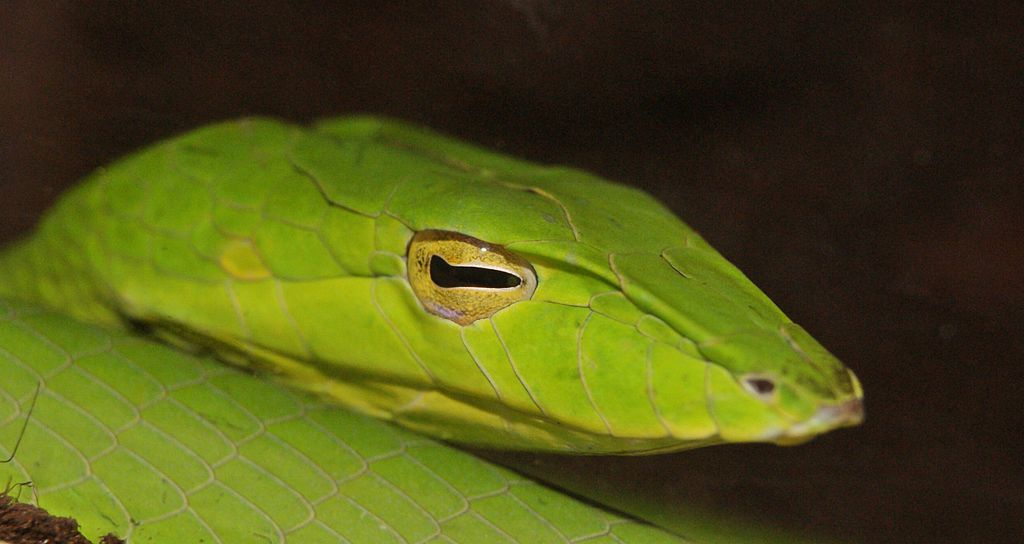
Many snake breeders develop an impressive understanding of genetics despite having no formal scientific education, learning complex genetic principles through practical application and community knowledge sharing. This self-taught expertise often reaches levels that impress professional geneticists, as breeders become intimately familiar with the inheritance patterns specific to their chosen species. The snake breeding community has developed its own terminology and conceptual frameworks for understanding genetics, creating a specialized body of knowledge that combines academic genetic principles with observations specific to reptile breeding. Dedicated breeders often maintain extensive records of every clutch, tracking the expression of traits across multiple generations and using this data to refine their understanding of how particular genes interact. This empirical approach to genetics provides a unique satisfaction as breeders see theoretical knowledge translated into living results, with each successful prediction reinforcing their confidence in their genetic understanding. For many, this intellectual aspect of breeding becomes as rewarding as the visual results, transforming what began as a hobby into a serious scientific pursuit.
Community Status and Recognition
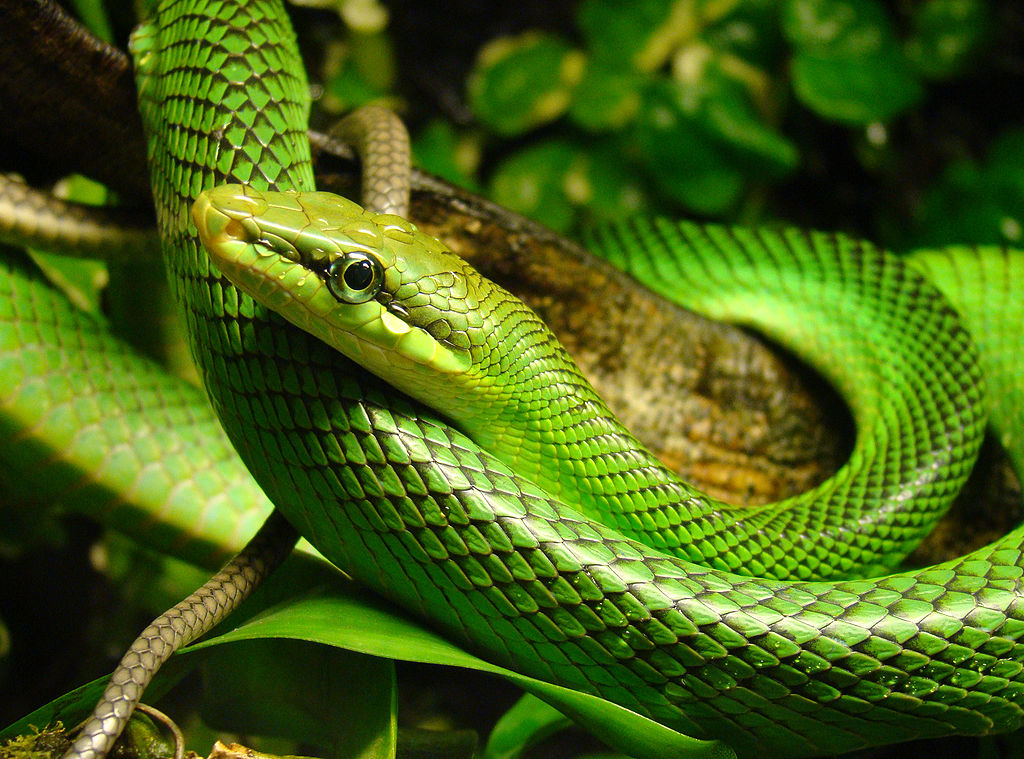
Within the reptile breeding community, producing a groundbreaking morph can elevate a breeder to celebrity status, with their achievements recognized and celebrated by peers worldwide. Major reptile expos feature these pioneering breeders as guest speakers and judges, further reinforcing the status that comes with genetic innovation. Social media platforms and specialized forums allow breeders to showcase their successes to a global audience, receiving immediate feedback and recognition for their accomplishments. This social aspect creates a powerful motivation as breeders compete for attention and admiration within a community that truly understands the significance of their achievements. The desire for peer recognition drives many breeders to push boundaries and take risks with experimental pairings that might yield revolutionary results. Annual awards presented at major reptile shows for categories like “Morph of the Year” or “Breeder’s Choice” provide formal recognition that many aspire to achieve, adding a competitive element to what is already an intensely focused pursuit.
The Challenge of Proving Out New Genetics

“Proving out” a new morph—demonstrating conclusively how it inherits and reproduces—represents one of the most challenging and time-consuming aspects of morph breeding that keeps enthusiasts engaged for years. This process requires breeding the original unusual specimen to normal animals, then breeding the resulting offspring back to each other or to the parent to determine exactly how the trait is inherited. For recessive traits, this process typically takes at least three generations spread across several years before the breeder can confidently understand and describe the genetic mechanism at work. The patience required during this proving period tests even the most dedicated breeders, as they must maintain their breeding colony and continue investing resources with no guarantee of success. Many potentially valuable morphs have been lost before being properly proven out when breeders lacked the resources or patience to complete this critical process. Successfully proving a new morph brings significant status and often financial rewards, providing powerful motivation to persevere through this lengthy verification process.
The Endless Possibilities of Combinatorial Breeding

The mathematical reality of genetic combinations ensures that morph breeding represents a nearly infinite frontier, with new possibilities continually emerging as existing morphs are combined in novel ways. With dozens of established genetic mutations available in popular species like ball pythons, the potential combinations number in the thousands, with many still unexplored. Each new proven morph doesn’t simply add linearly to the possibilities but multiplies them, as that trait can potentially be combined with every existing morph. This combinatorial explosion means that even after decades of intensive breeding, the community has only scratched the surface of what’s genetically possible. The knowledge that unimaginable combinations remain to be discovered fuels the long-term obsession many breeders develop, as there’s always another project on the horizon. For methodical breeders, this creates the opportunity to plan breeding programs that might span their entire lifetime, with each success opening new pathways for exploration. The vast potential for discovery ensures that even after decades in the hobby, breeders rarely experience a sense of having “seen it all,” maintaining their enthusiasm and commitment to continued genetic exploration.
The Role of Technology in Advancing Morph Breeding
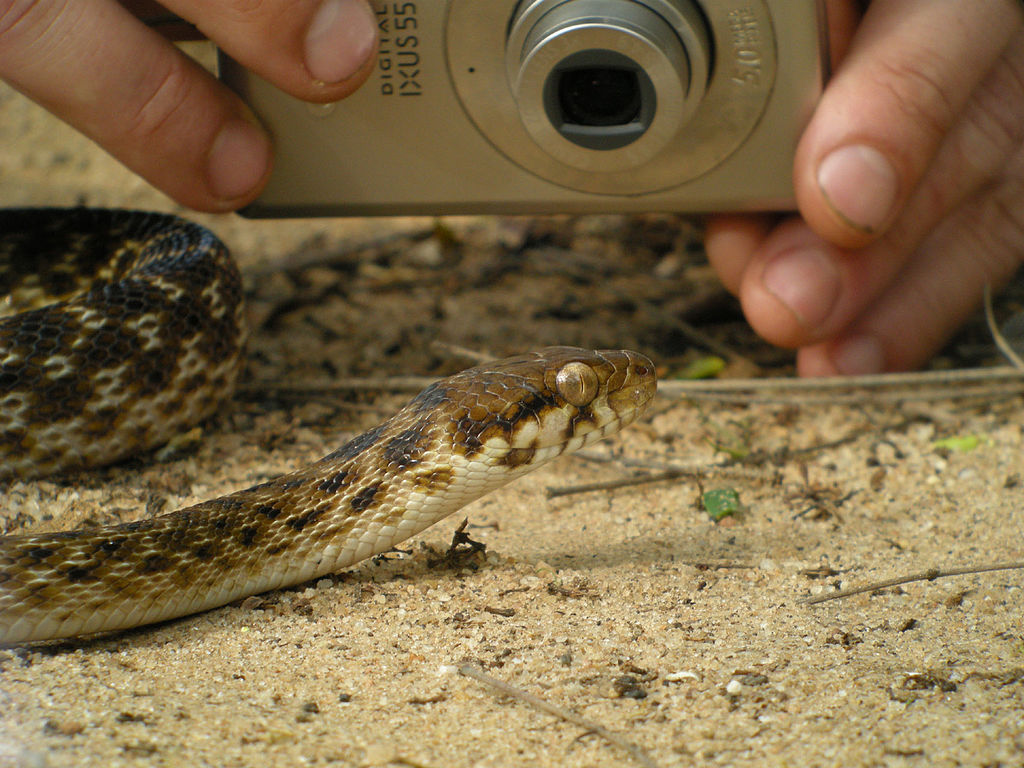
Technological advances have dramatically accelerated progress in morph breeding, with genetic testing now allowing breeders to identify carriers of recessive genes without waiting for visual proof through breeding trials. These tests can determine whether a visually normal snake carries hidden genetic traits, saving years of speculative breeding to uncover this information. High-quality digital photography and social media have transformed how morphs are shared and marketed, allowing breeders to showcase their achievements to a global audience instantly. Specialized breeding software helps breeders track complex genetic lineages and predict the outcomes of potential pairings with statistical accuracy previously impossible. Advanced incubation technology has improved hatch rates and allowed for more precise sex determination through temperature manipulation, maximizing the efficiency of breeding programs. These technological tools have democratized morph breeding to some extent, allowing newcomers to achieve results that would have taken pioneers decades to accomplish, while simultaneously raising the bar for what constitutes innovative breeding.
The Emotional Connection to Special Projects
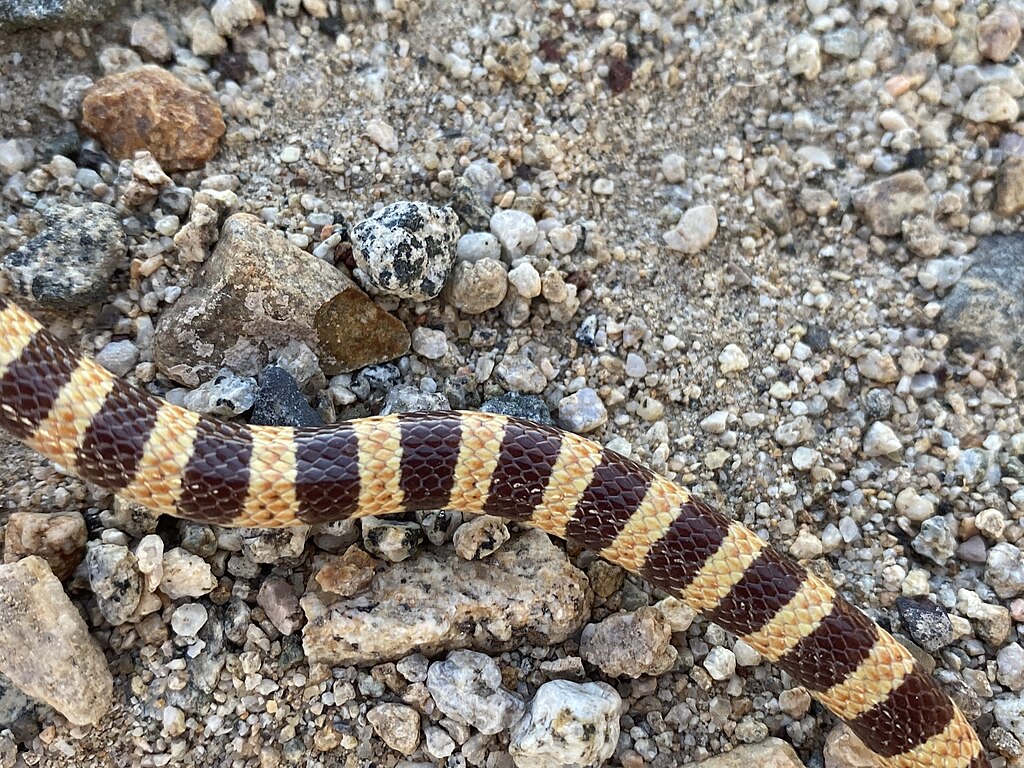
Many dedicated morph breeders develop intense emotional connections to their long-term projects, viewing their breeding animals as collaborators in a shared creative endeavor rather than simply livestock. This emotional investment becomes particularly evident when breeders refuse extraordinarily high offers for foundational animals that are key to their breeding plans, prioritizing their vision over immediate financial gain. The years spent working with particular genetic lines create a sense of personal identity tied to those projects, with many breeders becoming known throughout the community for their work with specific morphs or combinations. Breeders often name significant animals in their collection, treating them as individuals with unique personalities and genetic contributions rather than interchangeable specimens. This emotional dimension explains why many breeders continue their work even when financial returns don’t justify the time invested, finding rewards in the relationship with their animals and the satisfaction of advancing their projects. For many, the snakes they’ve produced become living legacies that will continue to influence the hobby long after the breeder has retired, creating a sense of permanence and significance to their work.
Ethical Considerations and Controversies
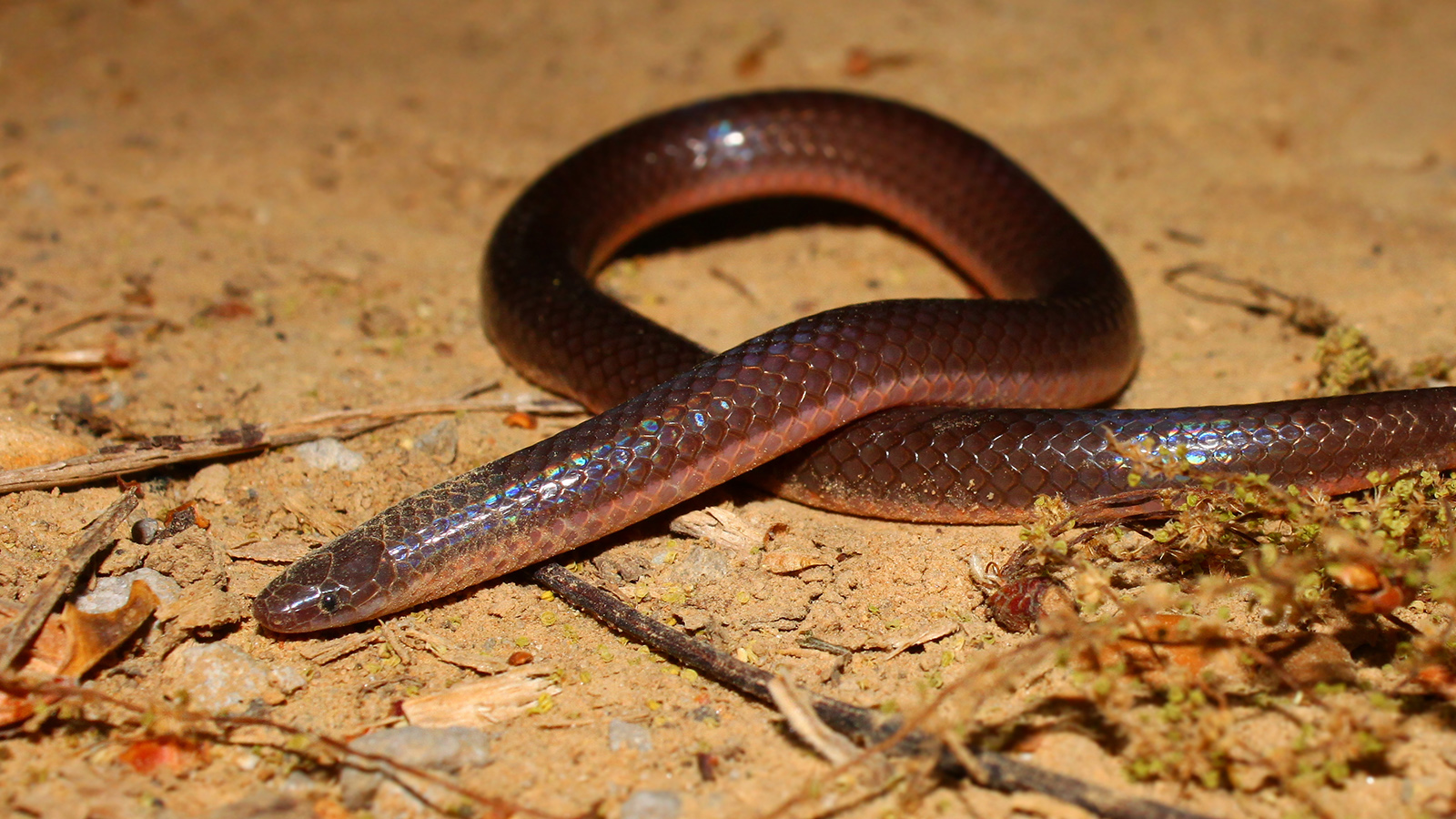
The pursuit of novel morphs isn’t without ethical controversies that the community continues to navigate, with ongoing debates about where to draw the line between acceptable selective breeding and practices that might compromise animal welfare. Certain genetic combinations have been found to produce neurological issues, spinal deformities, or other health problems, creating difficult questions about whether these morphs should continue to be bred despite their visual appeal. The “spider” morph in ball pythons, known for its distinctive web-like pattern but also associated with balance problems and abnormal movements, represents one of the most prominent examples of these ethical dilemmas. Responsible breeders increasingly emphasize the importance of prioritizing health and function over appearance, sometimes abandoning promising projects when health issues emerge. The community has developed more sophisticated self-regulation over time, with reputable breeders openly sharing information about problematic genetics and many reptile shows now restricting the display or sale of morphs with known health issues. These ethical considerations add complexity to breeding decisions and demonstrate how the community’s values have evolved beyond purely aesthetic or commercial priorities.
The Future of Morph Breeding
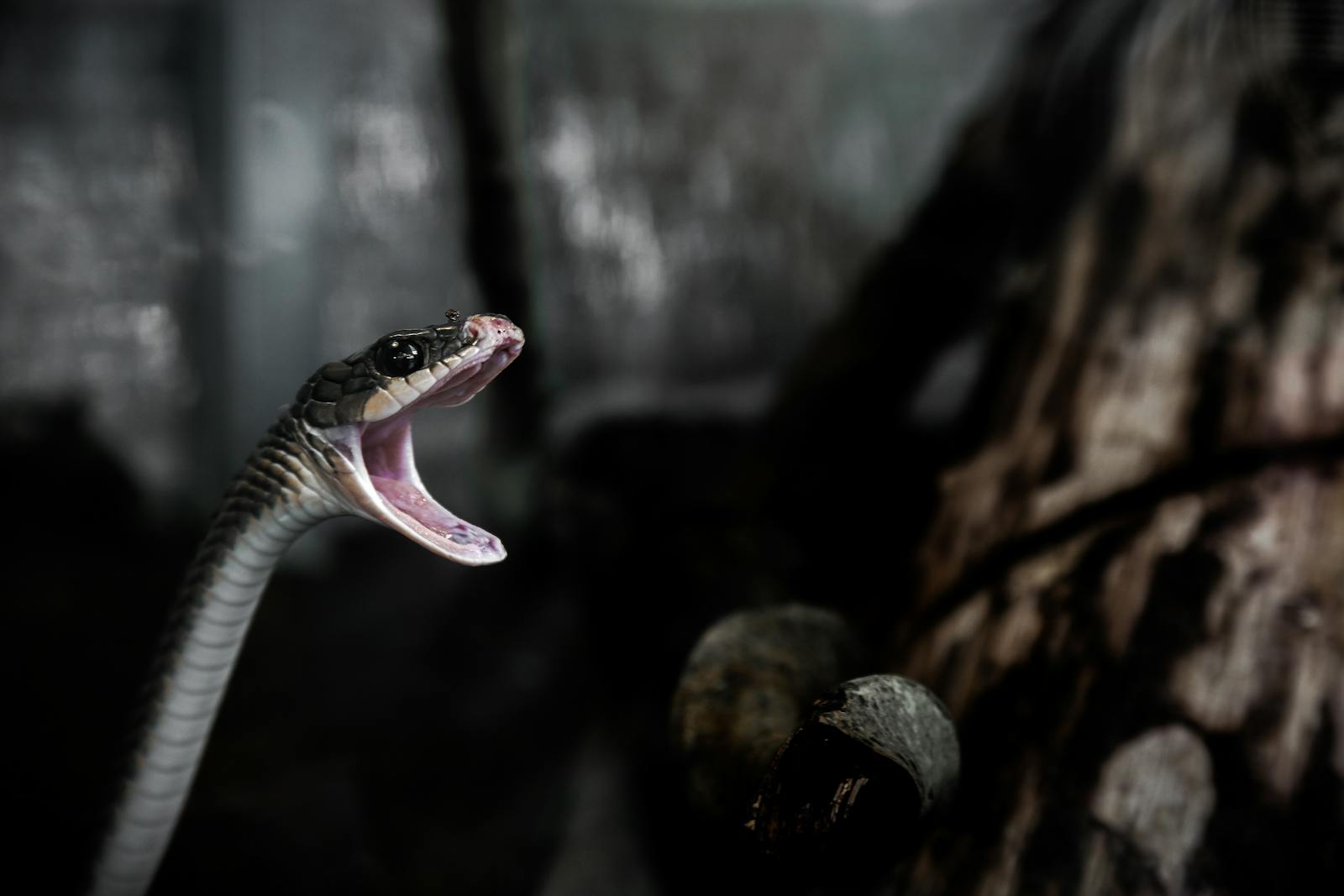
The future of morph breeding points toward increasing sophistication both genetically and technologically, with advances in genetic editing potentially revolutionizing what’s possible. While traditional selective breeding will likely remain the primary approach for the foreseeable future, tools like CRISPR may eventually allow direct manipulation of reptile genetics to create novel traits or eliminate unwanted genetic issues in existing morphs. The growing emphasis on natural behaviors and welfare suggests that future breeding goals may focus more on temperament and health alongside visual characteristics. Increasing concerns about genetic diversity may lead more breeders to incorporate wild-type genetics into their programs periodically, ensuring the long-term resilience of captive populations. Cross-species application of genetic knowledge will continue to accelerate, with discoveries in one species informing breeding projects in others. Although market saturation for common morphs creates commercial challenges, the appetite for innovation remains strong, suggesting that the obsessive pursuit of novel genetics will continue driving the hobby forward for generations to come.
Conclusion

The obsession with morph genetics among snake breeders represents a unique intersection of science, art, commerce, and passion that continues to evolve after decades of development. What might appear to outsiders as a simple fascination with colorful snakes reveals itself, upon closer examination, to be a complex pursuit that engages the intellect, creativity, and entrepreneurial spirit of its participants. The combination of long-term challenges, tangible visual rewards, potential financial returns, and community recognition creates a powerfully engaging activity that explains why many breeders devote their lives to this specialized pursuit. As genetics knowledge continues to advance and new technologies emerge, the possibilities for creative expression through reptile breeding remain virtually limitless, ensuring that this fascinating subculture will continue to attract dedicated enthusiasts driven to push the boundaries of what’s genetically possible.





